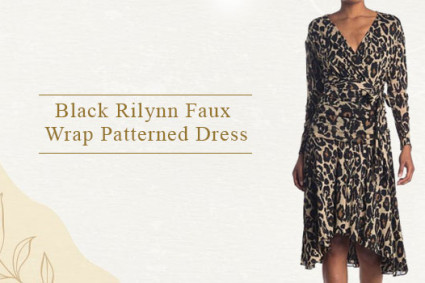Blog Title: Fashion Transformation: The Skill of Converting Vectors from Sketch to Runway
First of all, Welcome to the world where technology and creativity collide, where runway masterpieces are created from fashion sketches. Vector conversion is the unsung hero that bridges the gap between creativity and precision in the fast-paced field of fashion design. This blog post will explain the intricacies of vector conversion and demonstrate how it transforms an idea into a stunning runway show.
Section 1: Fashion Design: An Understanding of Vector Conversion
Subheading: Vector Graphics' Fundamentals because of its unmatched accuracy and scalability, vector graphics have emerged as the foundation of the creative industries in the digital age. Discover how vector conversion in fashion design ensures that every minute element of a sketch is kept with the highest clarity, going beyond aesthetics.
Subheading: Tools of the Trade Examine the array of instruments utilised by fashion designers to convert vector graphics. Every tool, from Adobe Illustrator to other specialised software, is essential to turning hand-drawn ideas into digital assets that are ready for the catwalk.
Section 2: Fashion Design Benefits from Vector Conversion
Subheading: Accuracy and Reliability Learn how vector conversion improves fashion design accuracy by making sure all of the lines, curves, and colours are the same on all platforms. Maintaining consistency is crucial, particularly when transferring drawings from sketchbooks to computer screens and eventually to textiles.
Subheading: Applications of Scalability for Diverse Uses Discover how artists may easily scale their projects with vector graphics. No matter how big or little the design—a complex print on a runway gown or a tiny logo on a tag—vector conversion guarantees that the design will always look perfect.
Section 3: The Process of Converting Vectors: From Drawing to Digital Canvas
Subheading: Importing and Scanning Drawings Discover how to scan hand-drawn sketches and import them into digital platforms to begin the process of converting them to vector format. The basis for the subsequent transformation is laid by this approach.
Subheading: Following and Experiencing See how difficult it is to use vector tools to trace the scanned sketch. This process entails increasing the design's overall attractiveness, refining lines, and adding details.
Subheading: Texturing and Colour Application Explore the realm of colour as designers add vivid colour schemes to their vectorized works. Discover how texturing techniques give ideas a realistic preview of their final appearance, bringing them to life.
Section 4: Converting Vectors for Cooperation and Exchange of Information
Subheading: Cross-Team Cooperation Examine the ways in which vector conversion promotes cooperation among manufacturers, designers, and other relevant parties. A more effective design process is promoted by the digital format's seamless sharing, editing, and feedback capabilities.
Under heading: Filling the Vapour with Producers Analyse the ways in which vectorized designs function as a common language for manufacturers and designers. Reduce the possibility of misunderstandings and guarantee that the intended masterpiece is accurately portrayed on fabric.
Final Thoughts: The Runway Revealed
As we get to the end of our investigation, vector conversion is clearly the unsung hero working behind the scenes in every great work of fashion. From the initial sketch on the designer's pad to the stunning show on the catwalk, vector conversion guarantees that ingenuity and accuracy coexist harmoniously.




